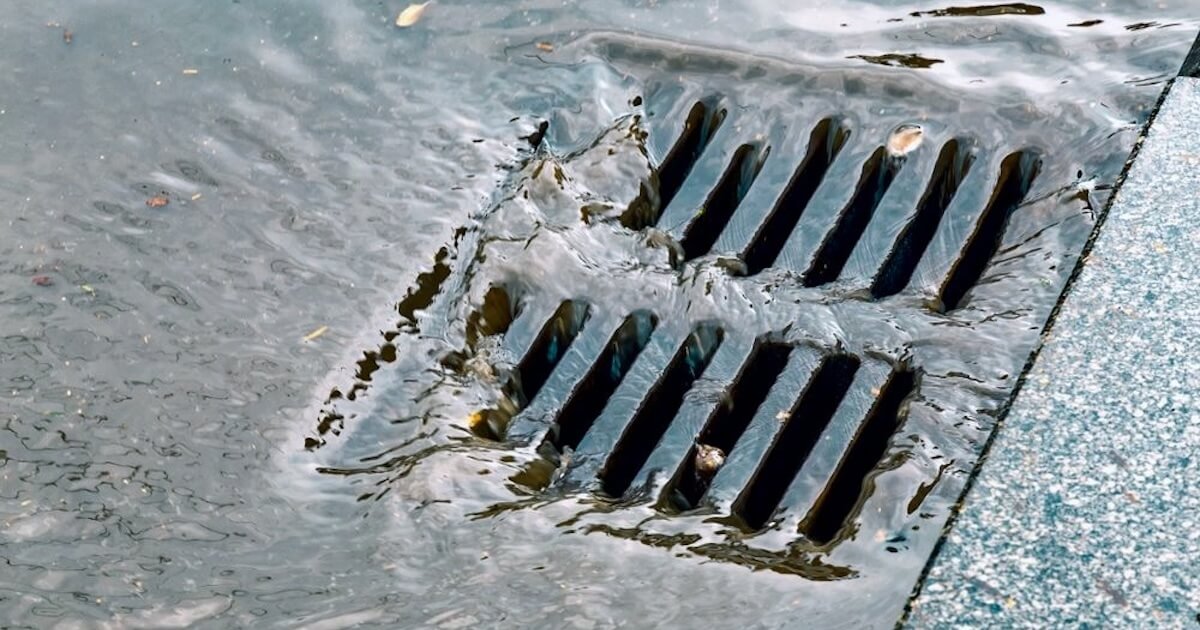Enter your email to view this content
Stormwater, SWPPP, ISGP, NPDES, CWA, BMPs? What does it all mean? Below we’ll cover the basics of stormwater compliance in the state of Washington. These guidelines protect businesses from expensive violations and keep damaging pollutants out of the environment.
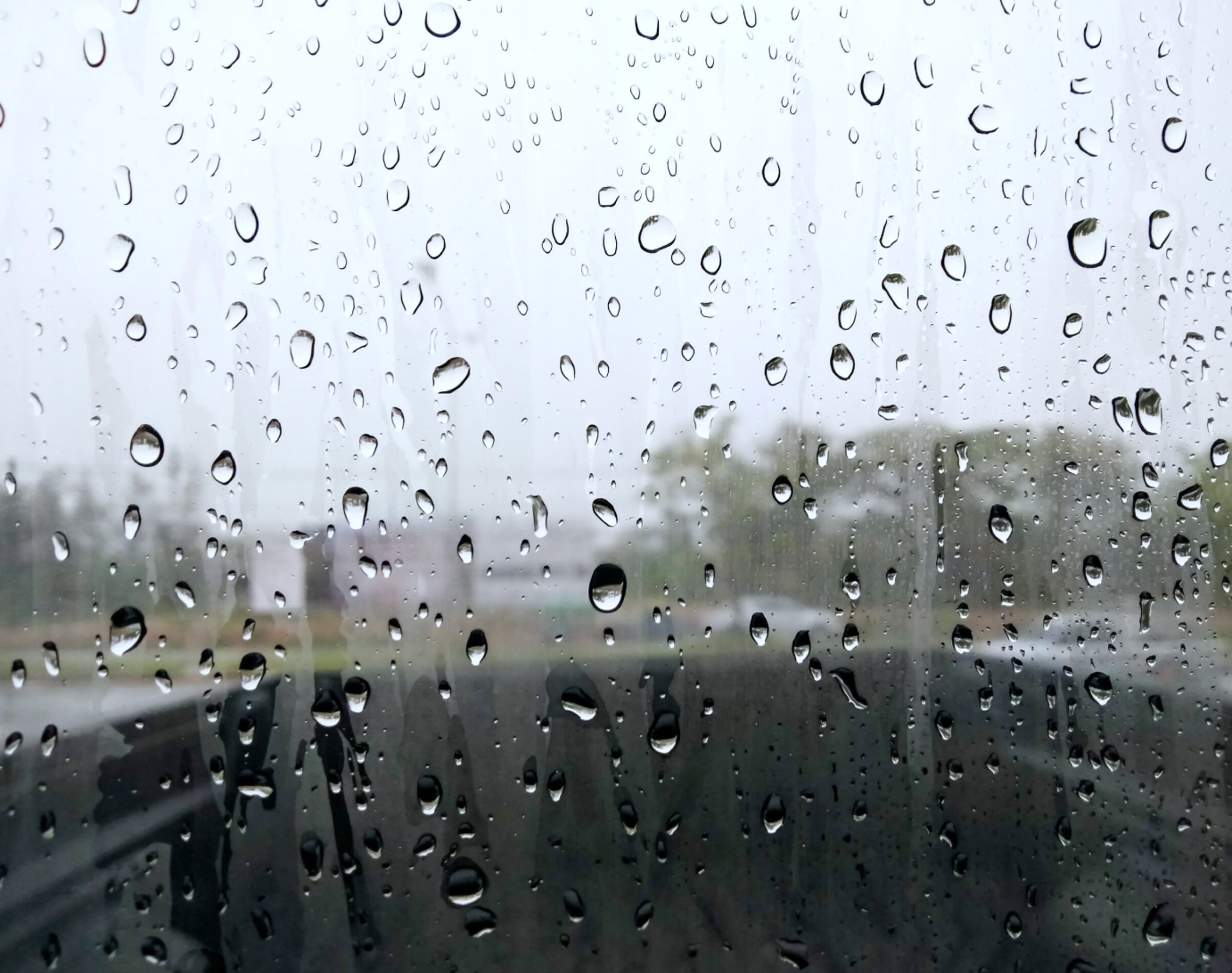
First, What Is Stormwater?
Stormwater is water that originates from precipitation, running across impervious surfaces like roads, rooftops, and soil. Along the way, it picks up pollutants such as oil, metals, and chemicals, which can harm aquatic life and damage recreational sites when carried into streams, rivers, and lakes.
It’s important to distinguish stormwater from other types of water. Process water and wash water are not stormwater and should never enter storm drains or natural water bodies. Instead, they belong in sanitary sewers, where municipal systems can treat and clean them properly.
What Is the ISGP?
The Industrial Stormwater General Permit (ISGP) is a statewide permit issued by the Washington State Department of Ecology. Authorized under the Clean Water Act (CWA) and the National Pollutant Discharge Elimination System (NPDES), the ISGP regulates stormwater discharges from industrial facilities.
The permit requires facilities to:
- Monitor stormwater discharges,
- Implement pollution control measures, and,
- Maintain compliance through reporting and corrective actions.
What Is a SWPPP?
A Stormwater Pollution Prevention Plan (SWPPP) is the foundation of a facility’s stormwater management program. It’s a living document designed to help facilities comply with the ISGP and is subject to review during Ecology audits.
A SWPPP must include:
- A site map showing stormwater flow and discharge points,
- A facility assessment identifying activities that could affect water quality,
- Best management practices (BMPs) for pollution control,
- A spill prevention and emergency cleanup plan ensuring rapid response to incidents, and,
- A sampling plan outlining monitoring locations and parameters.
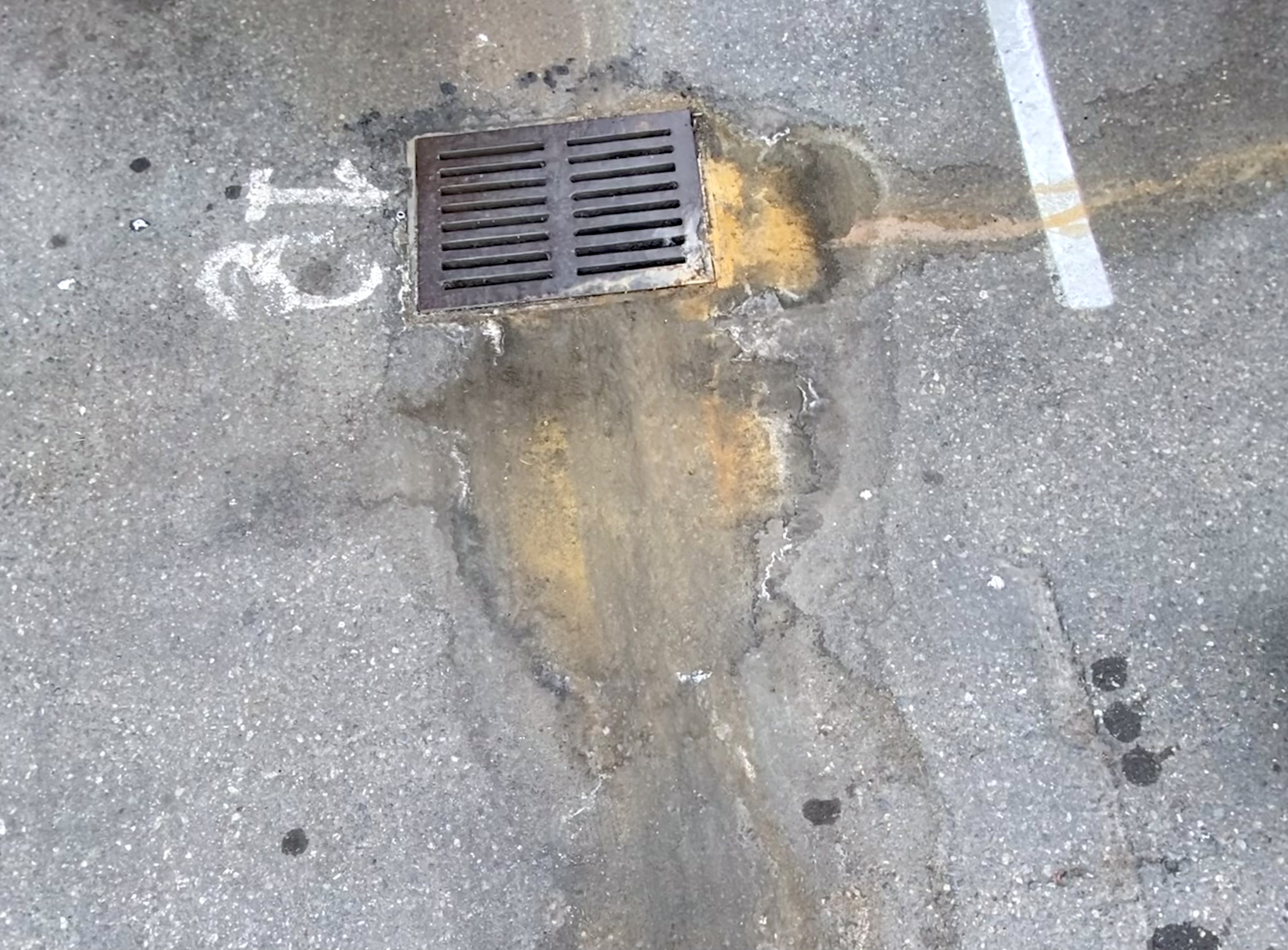
Sources of Stormwater Pollution
Pollutants vary by industry but often include:
- Diesel and fuel releases during outdoor refueling operations,
- Accumulation of residual petroleum or automotive fluids and dirt from parked vehicles,
- Residual metals such as zinc and copper from brake pads and tires,
- Oil, detergents, and heavy metals produced in the wash bay area that inadvertently escape a trench train via overspray and dry dripping,
- Solvents, oils, and heavy metals potentially generated during commercial vehicle maintenance.
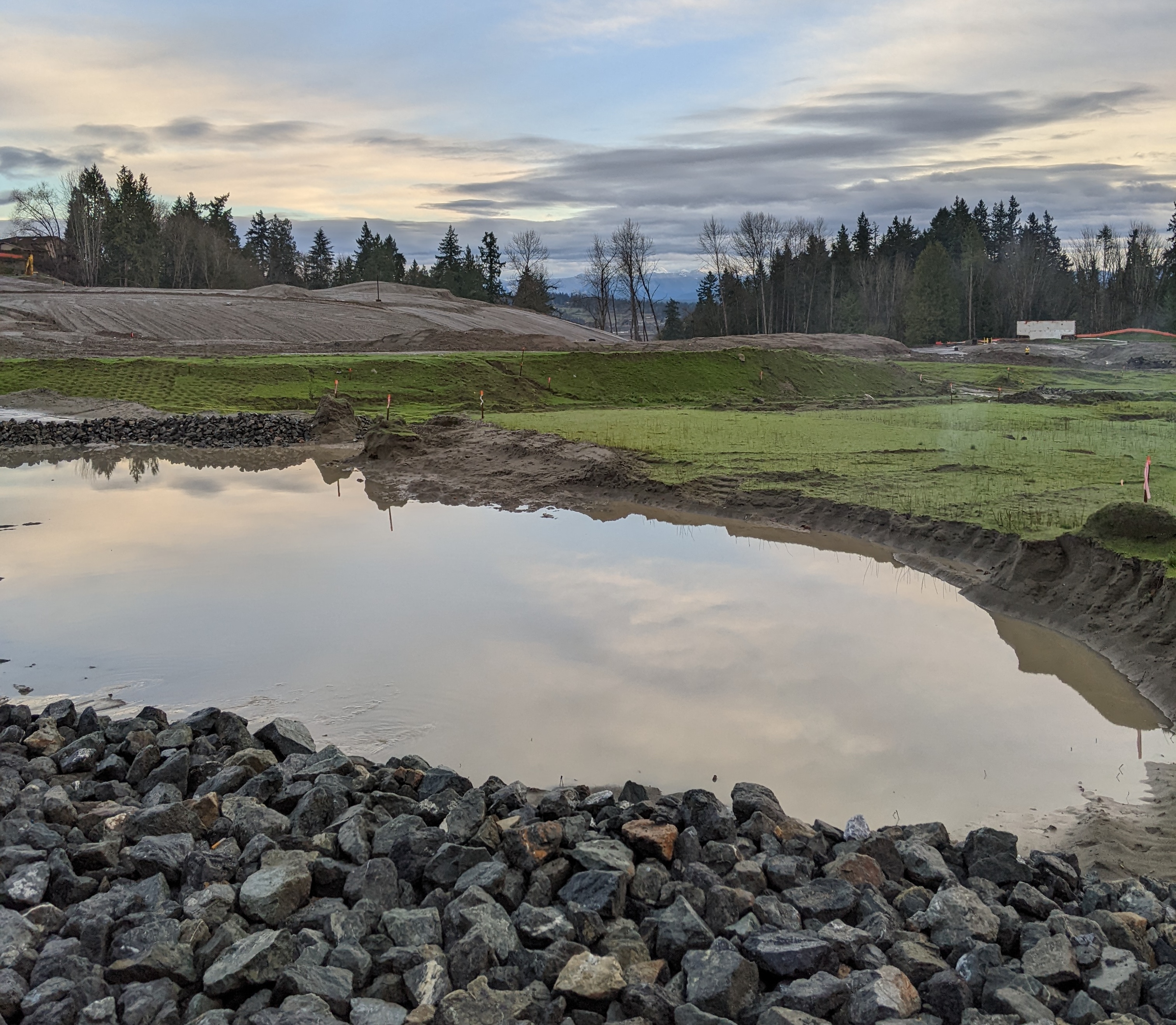
Best Management Practices (BMPs)
BMPs are the cornerstone of stormwater compliance and fall into three categories:
Operational BMPs:
“Good Housekeeping”, such as completing ongoing maintenance and clean up of areas that might contribute to pollutants, keeping up with sweeping and dust control, and keeping all dumpsters on site covered.
Preventative Maintenance, such as inspecting equipment and vehicles for leaking fluids, cleaning stormwater conveyance systems when catch basin debris reaches 60% of the sump and/or 6” below the outfall, and cleaning up spills and leaks immediately.
Spill Prevention and Cleanup, such as storing chemicals in required secondary containment, keeping spill kits within 25 feet of all fueling stations, and maintaining a spill log to keep track of spills with date, time, location, amount spilled, and when cleanup was completed.
Structural BMPs:
Practices that use structural components to prevent pollutants from getting into stormwater, like grading, berming, or curbing.
Treatment BMPs:
Practices that remove pollutants from stormwater before it is discharged from a facility, including catch basin filter inserts, passive treatment systems, and active treatment systems (ATS/CESF).
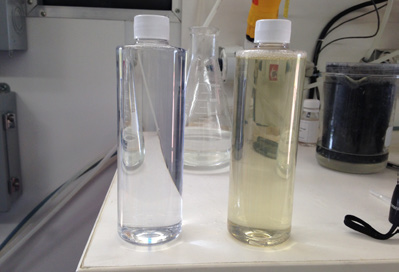
Sampling Requirements
Under the ISGP, stormwater sampling is a key compliance requirement.
Frequency:
For the General Permit, representative samples must be collected quarterly, within 12 hours of discharge.
First Flush:
Samples must be collected during the first storm event on or after September 1st.
Results:
Samples can be averaged throughout the quarter if multiple samples are taken. Parameters that have a “limit” instead of a “benchmark” cannot be averaged down.
Locations:
Sampling locations are determined at the time of permit issuance.
Parameters:
Benchmarks include turbidity, total metals (copper and zinc), pH, and others specific to certain industries or discharge locations, like petroleum hydrocarbons (PHC) and E. Coli. Limits apply to the presence of an oil sheen, and others specific to certain industries or discharge locations, like TSS.
pH and Presence of Oil Sheen:
pH and presence of oil sheen must be measured/observed in the field at the time of collecting samples to bring to the lab.
Consistent Attainment:
Sampling frequency can be reduced to once per year for a period of three years when eight consecutive samples are equal to or less than the benchmark value. This resets if the benchmark is exceeded.
Corrective Actions
Facilities whose quarterly sampling results exceed benchmarks are required to go through the corrective action process.
Corrective actions are strategies that facilities must implement to reduce pollutants in their stormwater discharge and bring their samples below the benchmark values. There are 3 levels of corrective actions that are based on the number of quarters a benchmark is exceeded.
Corrective actions range from a change in operational practices, up to the implementation of advanced water treatment systems.
Level 1:
A level 1 corrective action is required for every quarterly benchmark exceedance.
Level 2:
A level 2 corrective action is required when a benchmark is exceeded for any 2 quarters during a calendar year.
Level 3:
A level 3 corrective action is required when a benchmark is exceeded for any 3 quarters during a calendar year.
Inspections, Reporting, and Recordkeeping
Monthly Inspections: Monthly site inspections are required to ensure the SWPPP is accurate and being followed. These inspections must be conducted by a qualified professional.
Quarterly Stormwater Monitoring: Quarterly results are reported to Ecology in a Discharge Monitoring Report (DMR).
Recordkeeping: All records must be kept for a minimum of 5 years.
Immediate Notification: Ecology must be notified immediately of any spills, bypass events, significant process changes, or modification of sampling protocols.
Resources
For full details, refer to the Washington State Department of Ecology and EPA resources. These links are not owned or managed by Clear Water Services.
Water Quality Department:
Water Quality | WA Ecology
ISGP:
ISGP Overview & Contacts | WA Ecology
2025 ISGP | WA Ecology
Spill Reporting:
Report a Spill | WA Ecology
Clean Water Act:
Summary of the CWA | US EPA
NPDES:
NPDES Permit Basics | US EPA
Managing stormwater is not just about regulatory compliance; it’s about protecting waters, wildlife, and communities. By implementing strong BMPs, maintaining a thorough SWPPP, and following ISGP requirements, facilities play a vital role in keeping our environment clean and resilient. If you need assistance managing your SWPPP, applying permit requirements to your site conditions, or addressing any stormwater treatment needs, reach out to our team at info@clearwaterservices.com or at 1-888-369-6066.
